Decoding PCB Manufacturing Cost: A Comprehensive Guide
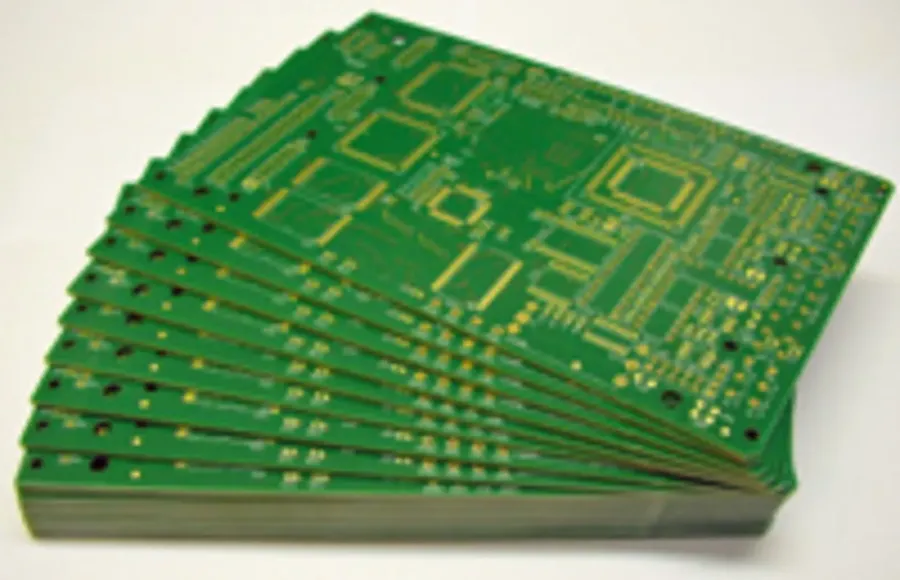
In our increasingly interconnected world, printed circuit boards (PCBs) are the backbone of nearly all electronic devices. From the simplest home appliances to the most sophisticated industrial machinery, PCBs are everywhere. But how much does it cost to manufacture these essential components? Understanding the intricacies of PCB manufacturing cost is crucial for anyone involved in electronics design and production. This guide delves into the key factors impacting price, helping you make informed decisions and optimize your project budget.
Key Factors Influencing PCB Manufacturing Cost

The cost of manufacturing a Printed Circuit Board (PCB) is determined by a confluence of factors, each contributing uniquely to the final price. Understanding these key influencers is crucial for effective cost management and informed decision-making throughout the PCB design and production process. These factors broadly include material selection, board complexity, size, and quantity.
- Material Type
The base material of the PCB, such as FR-4, metal core, or flexible substrates, directly impacts cost due to differences in material price and processing requirements. - Layer Count
The number of conductive layers in a PCB significantly influences its manufacturing complexity and cost; more layers typically mean higher expenses. - Board Size
The physical dimensions of the PCB affect material usage and processing time, thereby contributing to the overall manufacturing cost. - Complexity of Design
Features like fine-pitch components, HDI (High-Density Interconnect) structures, and blind/buried vias add to the manufacturing difficulty and cost. - Surface Finish
Different surface finishes, such as HASL (Hot Air Solder Leveling) or ENIG (Electroless Nickel Immersion Gold), vary in cost and influence the final price. - Order Quantity
The number of PCBs being manufactured affects the per-unit cost due to economies of scale; larger orders generally result in lower per-board expenses. - Special Requirements
Specific design rules, controlled impedance requirements, or unique testing demands can impact cost.
Material Costs: The Foundation of PCB Pricing
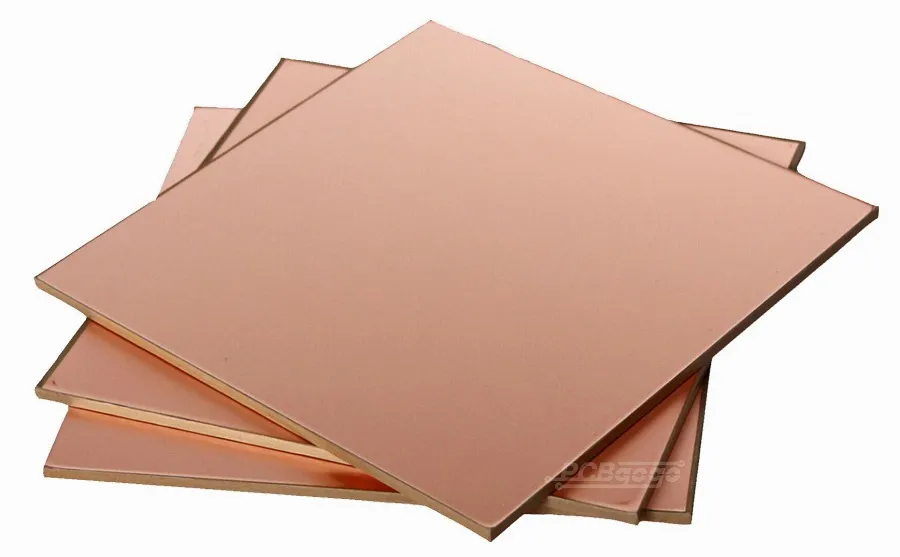
The selection of materials is a pivotal factor influencing the overall cost of Printed Circuit Boards (PCBs). Different substrates offer varying performance characteristics and, consequently, come with different price tags. Understanding these material nuances is crucial for cost-effective PCB design and manufacturing.
| Material | Description | Cost Impact | Typical Applications |
|---|---|---|---|
| FR-4 | The most commonly used PCB substrate. It is a composite material made from woven fiberglass cloth with an epoxy resin binder. | Generally low to moderate cost, making it a cost-effective choice for a wide range of applications. | Consumer electronics, general-purpose PCBs, prototyping |
| Metal Core (e.g., Aluminum, Copper) | Features a metal base, usually aluminum or copper, for enhanced heat dissipation. | Higher cost compared to FR-4 due to the added thermal performance and complex fabrication. | LED lighting, power electronics, high-power applications |
| Flexible Substrates (e.g., Polyimide) | Flexible polymers allowing for bending and shaping of the circuit board. | Higher cost due to specialized materials and processing requirements. | Wearable devices, flexible electronics, applications requiring complex shapes |
| Rogers Materials | High-performance laminates known for their excellent electrical characteristics and low signal loss. | Significantly higher cost than FR-4, often used for high-frequency applications. | RF and microwave applications, high-speed digital circuits, aerospace and defense |
| Teflon (PTFE) | Exhibits superior electrical properties, low dielectric constant, and is chemically inert. | Highest cost due to advanced material processing. | High-frequency, high-performance applications, aerospace, and specialized sensors. |
The choice of PCB material directly impacts the board's performance, durability, and thermal management capabilities. Cost-effective decisions should balance performance needs with budget constraints, taking into account the intended application and operating environment.
Layer Count and Complexity: How Complexity Drives Up Costs
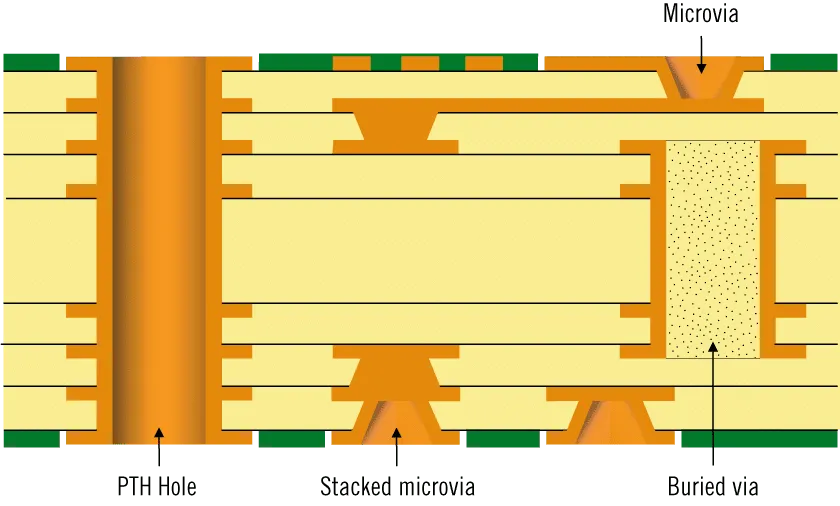
The complexity of a printed circuit board (PCB), primarily defined by its layer count and design features, significantly impacts manufacturing costs. Increased complexity directly translates to higher fabrication expenses due to more intricate manufacturing processes, specialized equipment requirements, and extended production times.
The number of layers in a PCB is a primary driver of cost. Single-layer boards are the simplest and least expensive, while multi-layer boards, commonly ranging from 2 to 32+ layers, incur higher costs due to the increased complexity of the lamination and imaging processes. Moreover, complex designs incorporating features like high-density interconnect (HDI) technology and vias (blind and buried) contribute to higher costs. HDI boards demand finer trace widths and spacing, requiring more advanced fabrication techniques and equipment. Similarly, blind and buried vias, which connect layers within the board without passing through all of them, also necessitate complex, precise manufacturing processes.
| Feature | Cost Impact | Complexity Level |
|---|---|---|
| Single-layer board | Lowest | Lowest |
| Double-layer board | Low to Moderate | Low |
| 4-layer board | Moderate | Moderate |
| 6-8 layer board | Moderate to High | Moderate to High |
| 10+ layer board | High | High |
| HDI (High-Density Interconnect) | Very High | Very High |
| Blind/Buried Vias | High | High |
Size and Quantity: Economies of Scale in PCB Production
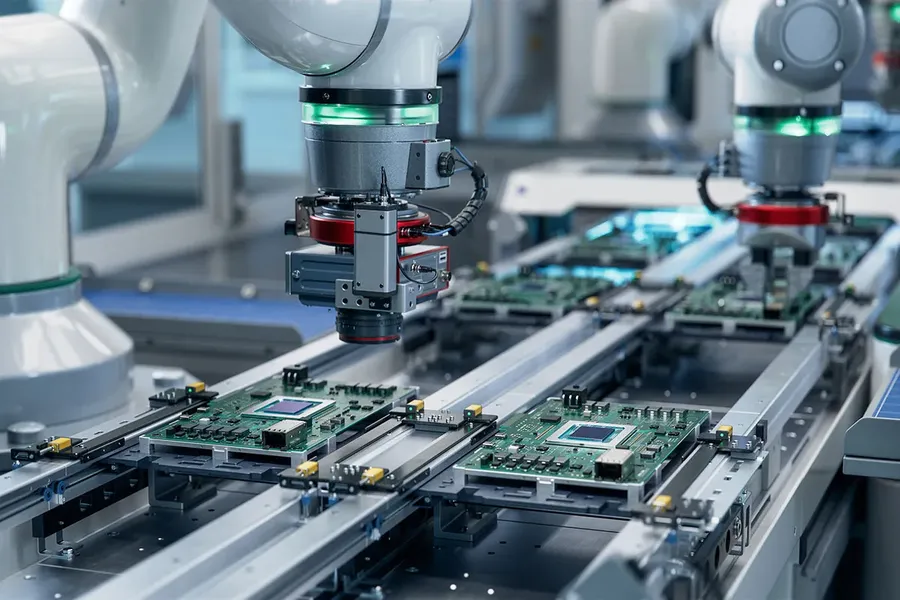
The dimensions of a PCB and the volume of units manufactured significantly impact the per-unit cost due to economies of scale. Larger boards generally require more material, increasing the base cost, while higher production volumes allow manufacturers to optimize processes, reducing costs.
| Factor | Impact on Cost | Explanation |
|---|---|---|
| Board Size | Directly proportional to cost | Larger boards consume more raw materials (e.g., substrate, copper), leading to higher material costs. |
| Production Volume | Inversely proportional to cost | Higher production volumes allow manufacturers to spread fixed costs (e.g., setup, tooling) across more units, decreasing the per-unit cost. Discounts may also be applied for large orders due to bulk material purchases and streamlined processes. |
| Panelization | Reduces per-unit cost | Manufacturing multiple PCBs on a single larger panel increases throughput, reducing per-unit labor and material costs. |
The effect of production volume is particularly notable because fixed costs, such as the cost of setting up the production line and creating necessary tooling, remain relatively constant regardless of the number of PCBs produced. As the number of units increases, these fixed costs are distributed across more boards, leading to a reduction in the per-unit cost. Additionally, manufacturers often offer volume discounts on material purchases when dealing with larger orders, further contributing to cost reductions.
Panelization, the process of creating a single board containing multiple PCBs, also capitalizes on economies of scale. By manufacturing multiple copies on a larger panel, manufacturers increase throughput and minimize material waste, reducing the effective per-unit cost. This method is effective, especially for smaller, standardized designs, or when combined with high-volume production orders.
Surface Finish and Special Requirements
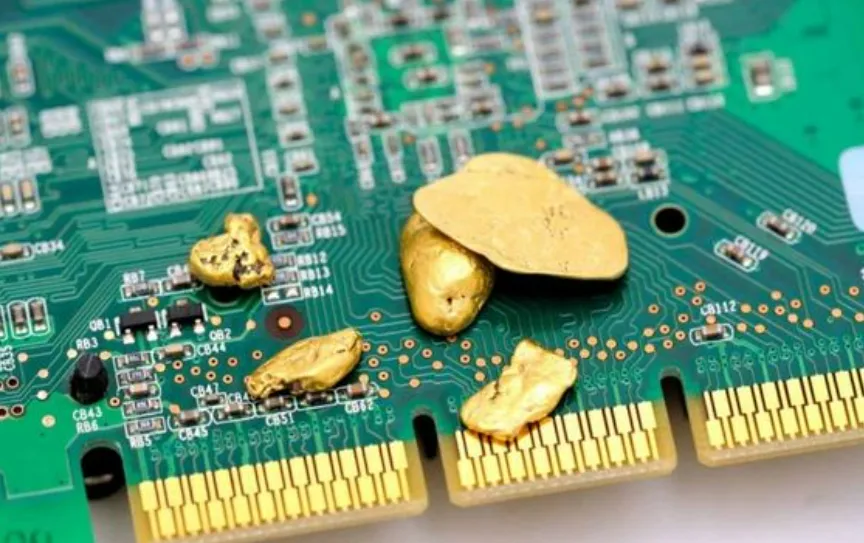
The selection of surface finish and adherence to special design requirements are critical factors that significantly influence the overall cost of PCB manufacturing. These choices impact not only the board's performance but also its manufacturability and reliability, thus directly affecting the final price.
| Surface Finish | Description | Cost Impact | Typical Use Cases |
|---|---|---|---|
| HASL (Hot Air Solder Leveling) | A molten solder coating is applied and leveled with hot air. Lead-free HASL is a common variant. | Low to moderate | General-purpose PCBs, suitable for through-hole and SMT assembly where precise flatness is not critical. |
| ENIG (Electroless Nickel Immersion Gold) | A layer of nickel is applied, followed by a thin layer of gold. Offers excellent corrosion resistance and solderability. | High | High-reliability applications, fine-pitch components, and where good shelf life and solderability are required. |
| Immersion Tin | A thin layer of tin is deposited through a chemical process. | Moderate | RoHS compliant boards, and fine pitch SMT applications. |
| OSP (Organic Solderability Preservative) | A thin organic coating is applied to protect the copper from oxidation. It is relatively inexpensive, but provides limited shelf life. | Low | Cost-sensitive and high-volume manufacturing where boards are assembled soon after production. |
| Electrolytic Gold | Gold is deposited via electroplating, resulting in a robust, highly conductive and durable surface. | Very High | Edge connectors, high-wear surfaces, and where very low contact resistance is needed. |
Beyond surface finishes, special requirements like controlled impedance and specific design rules add complexity and costs. Controlled impedance, necessary for high-speed signal integrity, requires tight manufacturing tolerances and additional testing. Specific design rules, like minimum trace widths or via sizes, can impact the complexity of the manufacturing process, potentially requiring more precise and expensive machinery, thereby increasing costs.
Understanding PCB Assembly Costs
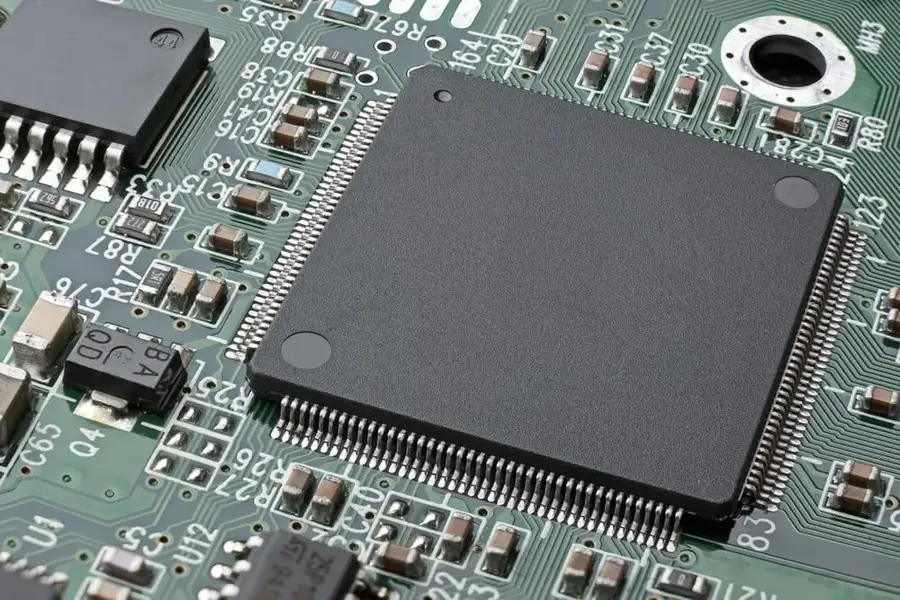
PCB assembly costs represent a significant portion of the total expense in bringing an electronic product to market. These costs are incurred after the bare PCB is fabricated and encompass the process of placing and soldering electronic components onto the board. Understanding these costs is crucial for accurate budgeting and cost optimization.
PCB assembly costs can be broadly categorized into the following key areas:
- Labor Costs
These are associated with the manual or automated work required to place and solder components. Labor costs are significantly influenced by the complexity of the assembly, the number of components, and the manufacturing location. Higher precision work and specialized skills will incur higher costs. - Component Sourcing Costs
This refers to the expenses associated with acquiring the electronic components required for assembly. Costs can vary widely based on component type, supplier, quantity, and market availability. Sourcing from authorized distributors and strategic planning for long lead time components can lead to cost optimization. - Setup Costs
These are costs associated with preparing for the assembly process, including programming pick-and-place machines, creating solder stencils, and other initial production setup activities. Setup costs can be spread across larger production runs to reduce the cost per unit. - Soldering Costs
These are costs associated with the soldering process used to join components to the PCB pads. These costs includes the solder itself, as well as the equipment for the type of soldering used, whether it's reflow, wave, or manual. The method used is often determined by the nature of the components and the production volume. - Testing Costs
These are expenses associated with testing the assembled PCBs to ensure their functionality and adherence to quality standards. This may include visual inspection, automated optical inspection (AOI), in-circuit testing (ICT) and functional testing, with costs increasing with the degree of complexity and the thoroughness of testing. - Re-work costs
Re-work costs are expenses that occur when defective boards require manual adjustment, repair or replacement of faulty components. These costs can be minimized with careful planning and execution, and is a cost to be considered in assembly pricing.
| Cost Factor | Description | Cost Driver |
|---|---|---|
| Labor | Wages of personnel involved in assembly, including SMT operation and manual assembly | Assembly time, complexity of components, and location |
| Components | Expense of procuring electronic parts (resistors, capacitors, ICs, etc.) | Type of components, quantity, and market availability |
| Solder Paste | Expense of solder paste and materials, such as stencils | Board complexity, area of soldering, and required solder quality |
| Equipment | Expenses associated with maintaining and using assembly machines, tooling, etc. | Type of assembly process and equipment required for the job |
| Testing | Cost of performing tests, including visual inspection and electrical testing | Testing depth and complexity and equipment required |
Frequently Asked Questions About PCB Manufacturing Costs
This section addresses common questions concerning PCB manufacturing costs, providing clarity on factors that influence pricing and offering practical guidance for budget-conscious projects.
- How much does it cost to get a PCB manufactured?
The cost of PCB manufacturing varies significantly based on several factors, including the complexity of the design, materials used, the number of layers, board size, and the quantity ordered. Simple, single-layer boards in small quantities might cost a few dollars each, while complex, multi-layer boards with special materials in small batches can reach hundreds of dollars per unit. For precise figures, requesting a quote from a manufacturer with your specific design parameters is essential. - How to calculate PCB fabrication cost?
Accurately calculating PCB fabrication costs requires a detailed breakdown of several factors. Start by considering material costs (e.g., FR-4, metal core), which are often calculated per unit area. Add the cost for each manufacturing step such as etching, drilling, plating, and solder mask application, taking into account per-unit or setup charges. Factor in costs for specific requirements like surface finishes (e.g., ENIG, HASL), controlled impedance, and blind or buried vias. Labor costs, especially when dealing with complex designs, should also be considered. Ultimately, using a cost calculator or obtaining a quotation from the manufacturer is often the most effective method. Online cost calculators can give a basic estimate, but a detailed quotation is highly recommended. - How much should a PCB cost?
There is no single answer to how much a PCB *should* cost, as it depends on the board specifications and the volume of PCBs needed. A simple, single-sided board for a hobby project will cost less than a high-density, multi-layer board for a commercial application. It's crucial to get quotes from multiple manufacturers, because pricing will vary based on their specific process, capacity, and operating costs. If you have a target cost in mind, consider adjusting some specifications that might reduce overall cost or select less costly manufacturing or assembly locations. - How much does a single PCB cost vs. a production run?
The cost per unit is significantly higher for a single PCB compared to a production run. This is because a substantial portion of the manufacturing cost is tied to setup fees, including creating tooling and programming machinery. These costs are spread across the total number of boards in a production run, dramatically reducing the per-unit price. For example, a single prototype board may cost several times more than a PCB within a larger production order. Therefore, ordering in larger quantities is significantly more cost-effective for projects requiring more than a few units. - What are the main factors influencing the cost of PCB manufacturing?
The primary cost drivers in PCB manufacturing include the type of materials used (FR-4, metal core, flexible substrates), the number of layers in the board, the board's size and complexity (presence of microvias, HDI), surface finishes required, specific design rules like controlled impedance, and the quantity of boards ordered. Complexity translates to more processing steps and higher potential for errors, increasing cost. Higher quantities of boards result in economies of scale, driving down per-unit price. - Do special surface finishes like ENIG increase the PCB cost?
Yes, special surface finishes like Electroless Nickel Immersion Gold (ENIG) will increase the cost of PCB manufacturing compared to standard finishes like Hot Air Solder Leveling (HASL). ENIG provides better solderability, flatness, and corrosion resistance, but it requires a more complex plating process using precious metals, which results in increased manufacturing cost. HASL is a more economical finish, but ENIG is superior for many applications, like fine-pitch components and applications requiring long term reliability. - How does the complexity of a PCB design influence its cost?
A PCB's design complexity significantly affects its manufacturing cost. Complex designs involve factors such as the number of layers, finer trace widths and spacings, the use of microvias and blind/buried vias, impedance control requirements, and high component density. These complex design aspects require more precise and time-consuming manufacturing steps, which translate into higher production costs. Simpler designs with larger trace widths, fewer vias, and a basic material stack-up typically cost less to manufacture.
Comparing PCB Manufacturing Costs: USA vs. Overseas
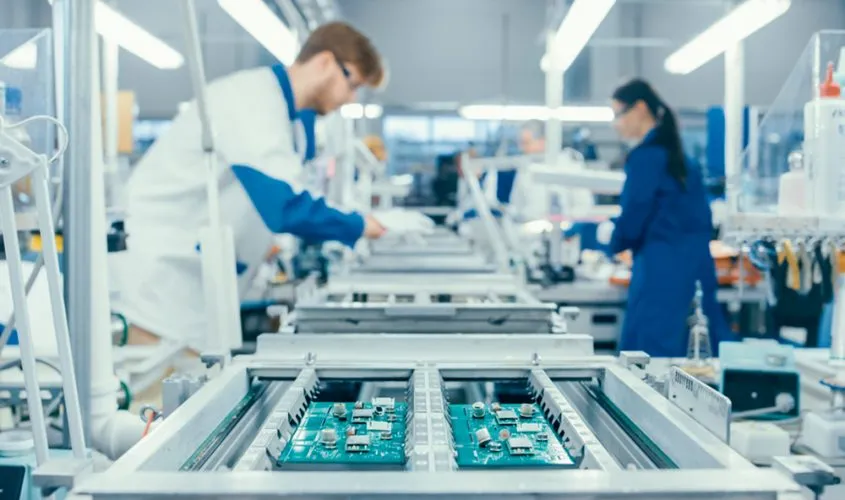
The decision of whether to manufacture PCBs in the USA or overseas involves a complex trade-off between cost, lead time, quality, and intellectual property considerations. While overseas manufacturing often presents a lower unit cost, domestic production offers advantages in terms of quicker turnaround and potentially better quality control, making the optimal choice contingent on project-specific priorities.
| Factor | USA | Overseas (e.g., China) |
|---|---|---|
| Unit Cost | Higher | Lower |
| Labor Costs | Significantly Higher | Significantly Lower |
| Lead Times | Shorter | Longer (especially with shipping) |
| Shipping Costs | Lower for domestic | Higher and more complex |
| Quality Control | Potentially higher, easier to monitor | Variable, requires careful vendor selection and QC processes |
| Communication | Easier, often in same language and time zone | Can be more difficult due to language barriers and time zone differences |
| Intellectual Property Protection | Stronger | Risk of IP infringement, requires extra precautions |
| Minimum Order Quantities | Lower MOQ sometimes possible | Higher minimum order quantity usually |
| Flexibility | More flexible on changes or rush orders | Less flexible due to production scheduling, long distance |
The choice between domestic and overseas manufacturing ultimately depends on the specific needs of the project. Factors such as the required quality level, production volume, budget constraints, and project timeline will dictate the optimal approach. For low-volume, high-complexity projects, domestic manufacturing may offer a better balance of quality and lead time. In contrast, higher-volume, less complex designs may benefit significantly from the lower cost offered by overseas manufacturers, so long as risks of quality control and IP protection are mitigated.
Tips for Reducing PCB Manufacturing Costs
Minimizing PCB manufacturing costs without sacrificing quality requires a multifaceted approach, encompassing design optimization, material selection, and strategic manufacturer partnerships. By implementing thoughtful practices and making informed decisions, significant cost savings can be achieved.
- Optimize PCB Design
Simplify the design by minimizing the number of layers, reducing board size where feasible, and using standard component footprints. Consider the trade-offs between cost and performance, and avoid overly complex features if not necessary for the application. - Standardize Component Selection
Use readily available and standard components, as these generally cost less and have shorter lead times. Avoid using rare or obsolete components, which can significantly increase costs due to sourcing and availability challenges. Aim for a BOM with commonly available parts that offer a variety of vendor options. - Panelization Strategy
If production quantities warrant it, panelize the design effectively to maximize the usage of manufacturing panels. Efficient panelization reduces waste and decreases the per-unit cost, allowing for more boards in a single production run. Carefully evaluate panel size to ensure efficient handling during assembly. - Material Selection
Carefully consider the material choice. While FR-4 is the most common and cost-effective, other materials might be suitable for specific performance needs. Explore alternative material options that meet your requirements, but do not over-spec, as this can increase unnecessary cost. - Choose the Right Surface Finish
Selecting an appropriate surface finish is crucial. Options like HASL are more cost-effective than ENIG. Consider the environment in which the PCB will operate when making this choice. If high corrosion resistance or fine pitch components are not needed, a less expensive finish could save costs. - Negotiate with Manufacturers
Engage in transparent communication with manufacturers and request quotes from multiple vendors. Volume orders will typically attract lower prices per board. Negotiate payment terms and understand the manufacturer's capabilities before committing. Develop a robust relationship with manufacturers to have a dependable supply chain and potential cost-reduction advantages in the long run. - Design for Manufacturability (DFM)
Ensure your design adheres to manufacturability guidelines and addresses typical PCB manufacturer limitations to minimize error and rework, ultimately reducing overall manufacturing costs. Conduct DFM reviews before releasing a design to reduce revisions and production errors.
Understanding the nuances of PCB manufacturing cost is critical for successful electronic product development. By considering factors like material selection, design complexity, and production volume, you can make informed decisions that optimize your budget. Remember, investing time in design and choosing the right manufacturing partner is essential to control the final PCB manufacturing cost. Whether you're creating a simple prototype or mass-producing complex PCBs, awareness of these aspects ensures your project's success, making sure both the design and its affordability are on par.
 AnyPCBA
AnyPCBA